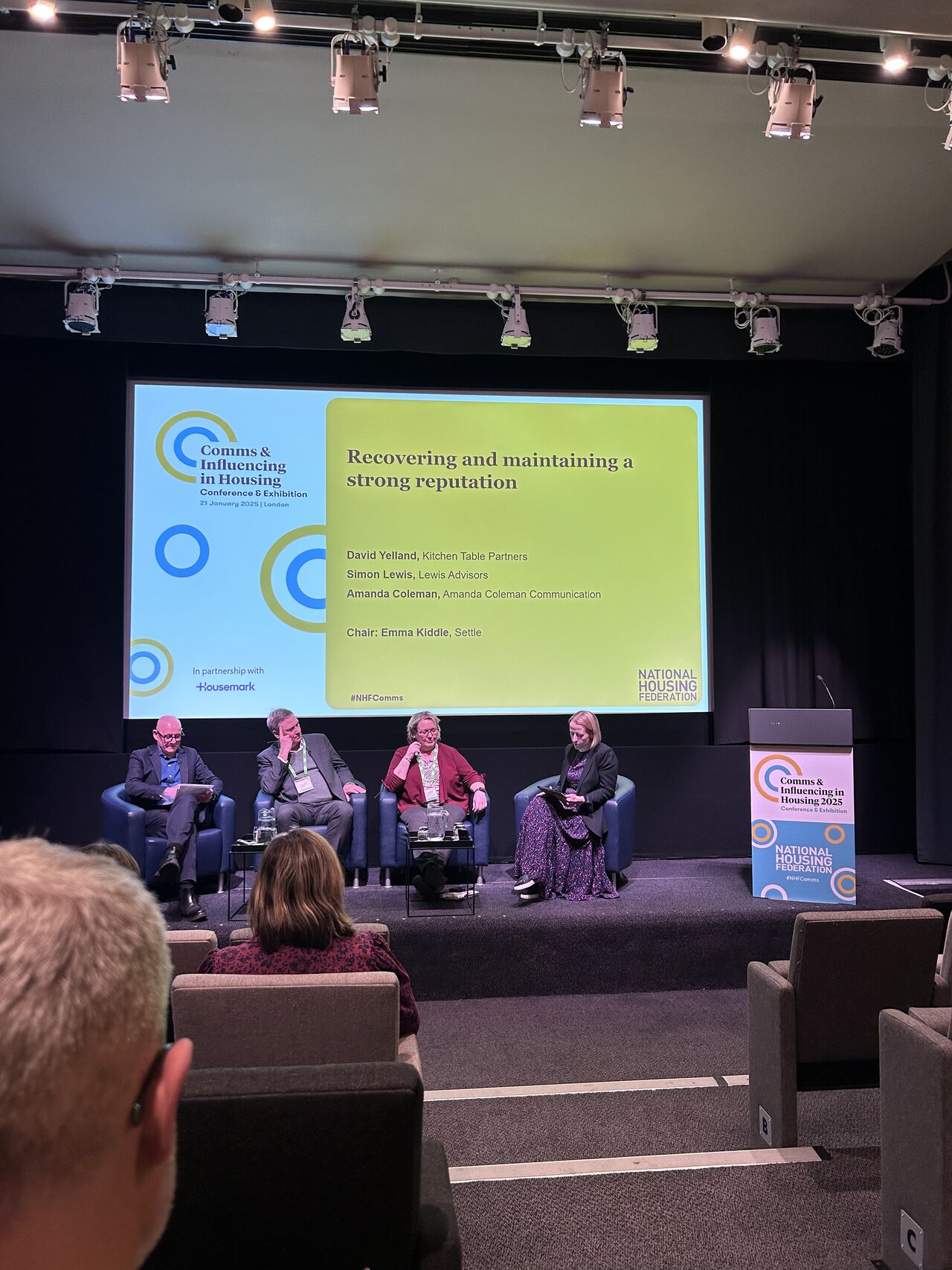There are currently 160,000 children living in temporary accommodation. That’s so many that, if they stood in a line, holding hands, the line would stretch from London to Manchester, according to housing campaigner Kwajo Tweneboa.
That’s a shocking image and few people would dispute that we need to do something to fix this situation. But when it comes to finding a solution and making it happen, there’s much less agreement.
As the debate about ‘builders’ and ‘blockers’ rages on, those children are still living in completely unsuitable conditions, without the stability they need to grow, thrive and be happy. So what can we do?
In the new strategic review from the National Housing Federation, they say that 4.2 million people would benefit from living in a social home as well as stating that poor quality housing is costing the NHS £1.4 billion a year.
These are stark statistics, but there’s also positive numbers in the report, like the claim that just one year of building the 90,000 social rented homes our country needs would add £51.2 billion to the UK economy.
Positive stories are important when selling solutions to the public, who can quickly grow weary of ‘doom and gloom’ messaging. But there’s still a major disconnect when it comes to the housing crisis, summed up best by statistics just out from Ipsos.
They spoke to over 100 MPs and over 1,000 British adults last year and both groups agreed that there is a national housing crisis (92% of MPs and 72% of the public), but when asked if the crisis affected their local area, only 45% of the public agreed, compared to 81% of MPs.
This theme continued when it came to building more homes, which 91% of MPs agreed was necessary, compared to only 48% of the public. 81% of MPs supported more homes being built in their area, but only 52% of the public agreed.
It isn’t just around housebuilding that there is work to be done earning public support. The NHF report picks out three key insights from the conversations they had, one of which was:
“Public understanding matters. We need to invest in building the public’s understanding of housing associations and the value our sector brings.”
Housing associations provide a home to 10% of our population, but a stigma still remains for the people who live in those homes. At Social we work closely with housing associations, sharing the inspiring stories of the work being done by their staff, but too much of it still goes under the radar.
As a someone who spent the first 11 years of my life in a council house, I believe we should be proud of our social housing and do more to tell the positive stories from the sector. I attended the recent NHF Comms & Influencing in Housing 2025 and a clear theme in the discussions was the power of storytelling to make a difference.
Shelter ran a fantastic ‘Made In Social Housing’ campaign last year featuring video clips of Eddie Marsan, Suggs and Yinka Bokinni talking about their own pride in their backgrounds, with support from other celebrities like Gok Wan, Naomie Harris and Micah Richards.
George Clarke is a passionate advocate for social housing, having grown up on a council estate in Sunderland. He describes the housing crisis as his “absolute driver for the rest of my days” and Social supported him in 2019 when he launched his Council House Scandal campaign.
Timed to coincide with the centenary of the Addison Act, which initiated large scale building of council estates, the campaign was spearheaded by a Channel 4 documentary hosted by George, calling upon the government to build 100,000 council houses every year for the next 30 years.
The message and delivery were both powerful, and we worked with him to push towards gathering signatures on an online petition, generating more than 100,000 signatures after just five days and earning support from senior politicians from all major political parties.
Fast forward more than five years and we have a new government with a target of 90,000 new homes a year, though just 5,000 were built last year. This is why we need to keep getting these positive, impact-led, human stories out there from the sector.
We know the impacts that good (and bad) housing has on people’s lives and their health, so using their stories alongside big picture campaigns like the ones mentioned above will help change public perceptions of social housing and the housing crisis, as well as influencing those with the power to make a real difference.
If we are going to change the lives of those 160,000 children and their families for the better, the time for talking should be over, because it should be the time for action. But instead, we need to keep talking about this crisis until everybody in the country has a safe, quality home to call their own.
By Becki Ord, Director


